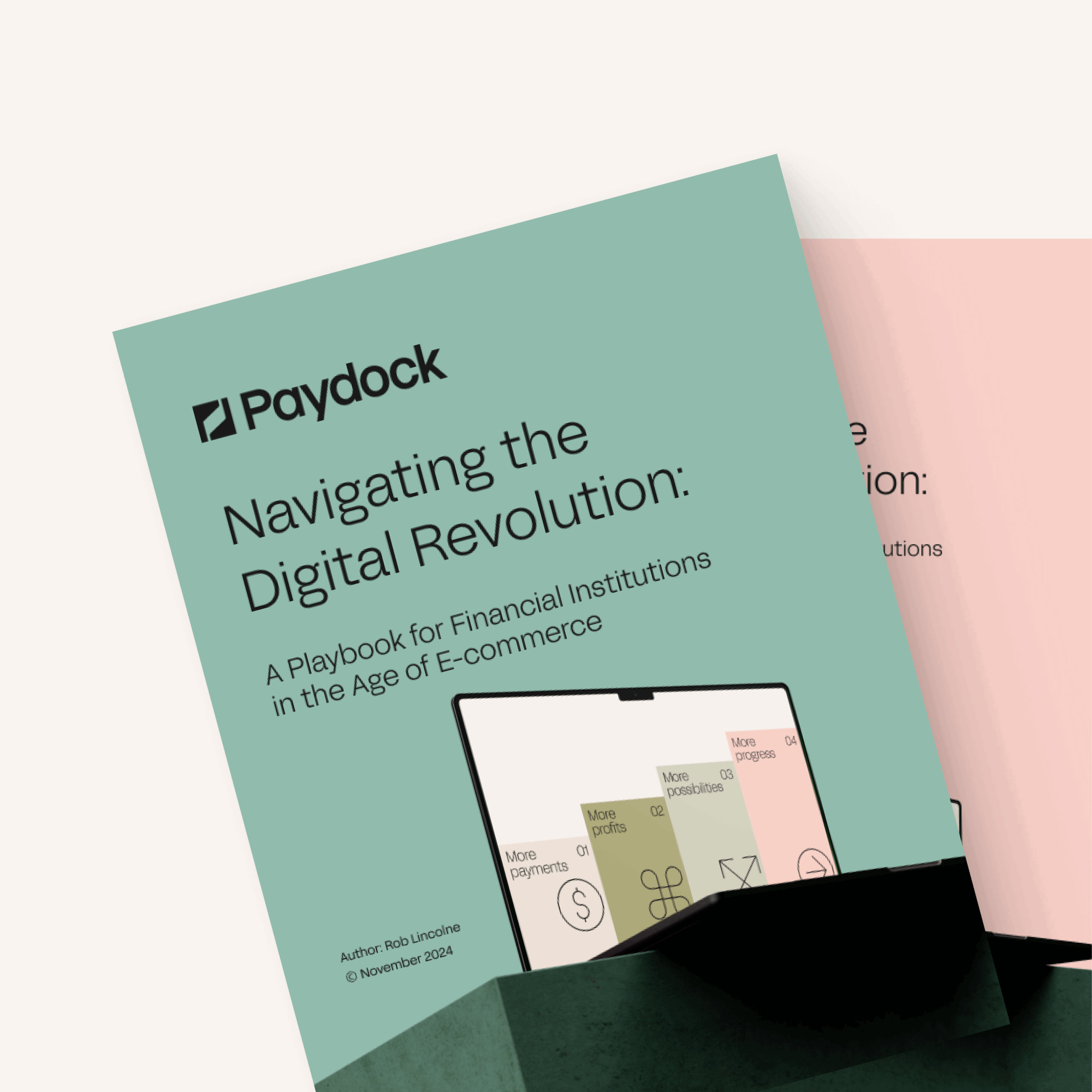Consumers expect speed and transparency—banks are responding with self-service tools that streamline dispute resolution and enhance trust.
Quick, self-service dispute management
Speed of service is top of mind for consumers, recent studies have shown, and financial institutions, retailers are feeling the pressure. Quick commerce is gaining traction in India, Germany, France, Sweden, Spain, and the Netherlands, according to Capgemini’s 2025 trend report, and influencing 65% of purchasing decisions worldwide.
“Demand for quick commerce is on the rise, with consumers from some geographies increasingly willing to pay for speed and efficiency,” Capgemini researchers wrote in ‘What Matters to Today’s Consumer,’ observing that every touchpoint of the customer journey could be improved upon, including post-purchase tracking, inquiries, and disputes.
Quick service
With ever-increasing demand for fast, easy digital banking and shopping experiences, customers will switch to consumer brands that offer transparency, choice, and speed of service. The Capgemini report found customer satisfaction with brands fell from 41% in 2023 to 37% in 2024, due to frustrations with delivery speed and communication quality.
Researchers estimated that quick commerce will be valued at $266 billion globally by 2029 ($156 billion in Asia, $17 billion in Europe, $86 billion in North America), primarily driven by investments in technologies that facilitate instant communications and same-day deliveries.
KMPG researchers urged banks to invest in omnichannel technologies that enable banks to meet customers at every touchpoint, no matter how they come into the bank. “Online banking was once the shiny new thing,” they wrote. “Now it’s mature and banks are finding they need to ramp up innovation to take it to the next level and keep up with customer preferences. Banks have also built a solid foundation in mobile channels, but recognise that to continue to drive adoption, their app can’t just run; it’s got to win customers through experiences that matter.”
Self-service

Capgemini researchers found a growing use of chatbots and virtual assistants in financial services, retail, and social media. Banks leverage these solutions to manage customer inquiries, process transaction disputes, and escalate fraud cases efficiently. Survey respondents praised virtual assistants’ automated responses to support issues (40%) and post-purchase inquiries (37%).
“The usage of chatbots for customer queries increased from 36% last year to 43%,” researchers wrote, emphasising a growing trust in customer-facing virtual assistants.
Vince Crimaldi, executive vice president and retail unit leader at Capgemini Americas, said, “What surprised me the most in our 2025 Consumer Trends report is the increasing pace at which consumers are willing to release control of the research, shopping, and transaction processes [to chatbots and virtual agents] in return for faster delivery and an overall reduction in the amount of time and interaction required to shop.”
Quick, self-service dispute management
Given the time-sensitive nature of cardholder disputes, banks increasingly invest in self-service tools to streamline resolution processes and enhance the customer experience. Virtual assistants, embedded in mobile and online banking platforms, are being used to handle a wide range of service needs—from answering questions and resolving simple issues to escalating complex cases to human agents.
Consumers expect immediate, clear assistance when a payment issue arises, such as suspected fraud or an unfamiliar charge. Digital assistants that operate 24/7, support multiple languages, and offer contextual transaction details are becoming a key part of the solution. These tools guide customers through dispute processes efficiently and help gather the information required to initiate investigations or chargebacks.
On the operational side, integrated dispute management systems allow service agents to monitor open cases, communicate with customers, and collaborate with merchants more effectively. By centralising information and automating routine tasks, these systems reduce manual workload and improve turnaround times, contributing to a smoother customer experience during a stressful moment.
As financial institutions prioritise speed, clarity, and trust, self-service tools are evolving from convenience features into critical components of digital customer care.




























